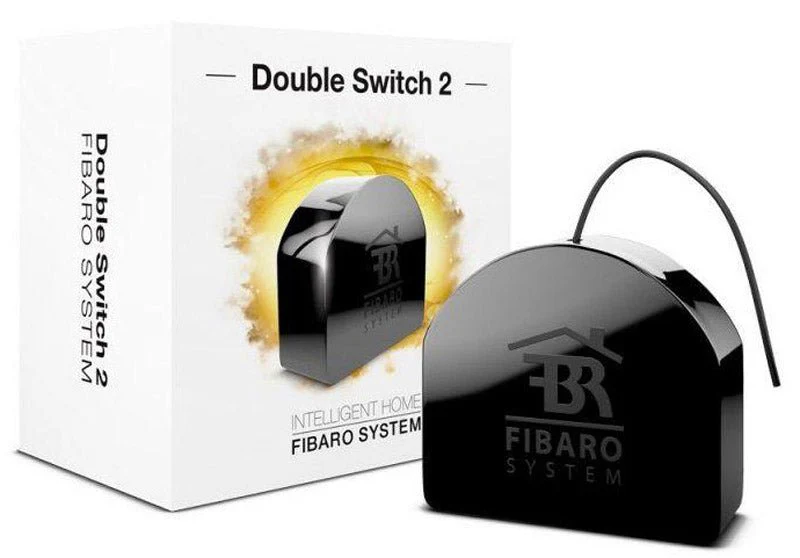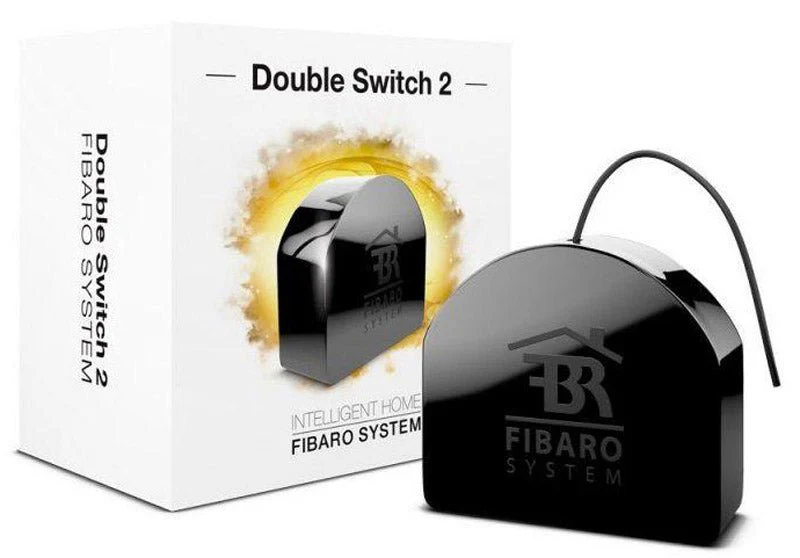Answers
Oct 13, 2016 - 01:22 PM
This is fine with LEDs. Not sure why you'd think dry contacts will help with LEDs. Dry contacts mean that the contacts have a separate input so that an alternative voltage can be applied to the contacts. For instance, you could power the relay with 230V AC and have the switch contacts control a 24VDC voltage. The Fibaro Double Switch 2 does not have dry contacts, so it has 230V on the switch outputs. This does not affect how it works with LEDs, as even if you had dry contacts, you would still be supplying 230V on the switch output. If you take a look at the user manual for this version and the older FGS-212 (which has dry contacts), you will see the internal wiring - this helps illustrate the dry contacts.
Oct 13, 2016 - 01:39 PM
Thanks for your fast reply. I was wondering this because the new version switches the load electronically, where the old one uses a relay. With the relay switching it off physically cuts the connection between the 230V and the light, but in the electronic version there could be a leakage current that requires a bypass load on the lights.
Oct 14, 2016 - 06:55 AM
Hi Eric, I don't think that is correct. When we tested the Switch 2 we know it has switch contacts, not a MOSFET type electronic switch. We could hear the contacts open and close - so it has physical contacts. Also for an 8A device contacts make more sense than a MOSFET. Hope this makes sense.





Add New Comment